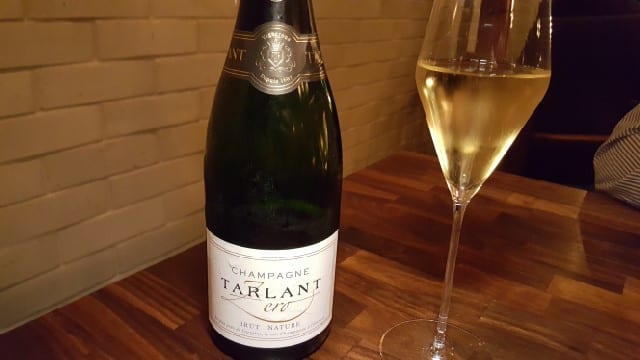Eyes Wide Shut – The Skill of Blind Wine Tasting
This story originally appeared in the Napa Valley Register.
Tasting wine uses all our senses. We use our eyes, our nose and our palates. But most of the time, we see the bottle first and conjure up pre-conceived notions of what we will find in the glass.
Too often, we make assumptions about a wine based on everything we have ever tasted, and before we even taste a wine, we jump to conclusions. If it is a sauvignon blanc, we might expect notes of green grass and citrus; if it is a pinot noir, we might expect cranberries, cherries, mushrooms and earth; if it is a cabernet sauvignon, we might expect aromas of dark black fruits, tobacco, chocolate and brown spices.
But what happens if we do not know what is in the glass? What if we just see a white wine or a red wine? Can we make an educated guess as to what is in the glass based on how it looks, smells and tastes?


At Pebble Beach Food and Wine last month, four Master Sommeliers stood in front of a room full of wine enthusiasts as we all tried to guess the eight wines we had in front of us. Master Sommelier Shayn Bjornholm explained that this was not a magic parlor trick, but rather a way to help us be better tasters.
18 May, 2017





















